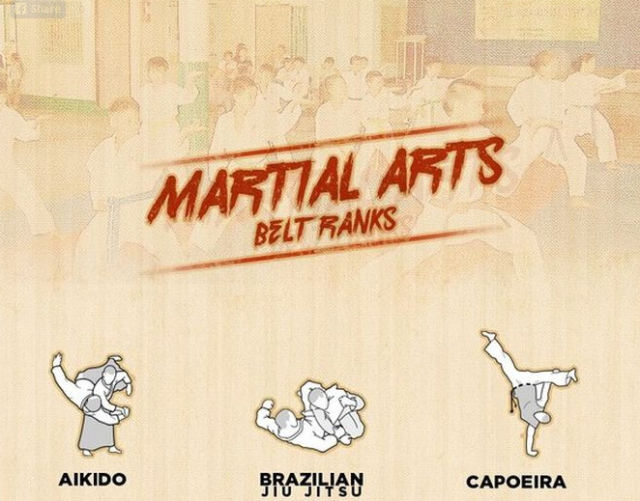Understanding The Basic Differences In Between Standard Martial Arts And Modern Combat Sports
Understanding The Basic Differences In Between Standard Martial Arts And Modern Combat Sports
Blog Article
Material Writer-Camp Sexton
When you consider martial arts, do you lean extra towards the traditional practices or the modern battle sports? Each course uses special advantages and experiences, formed by their ideologies and training approaches. Standard martial arts highlight individual development and discipline, while modern-day battle sports concentrate on competitors and performance. Understanding these differences can assist you in choosing the appropriate method for your journey. However how do how soon should kids martial arts materialize in training and approach?
The Viewpoint and Background Behind Conventional Martial arts
While many people connect martial arts with physical combat, the viewpoint and background behind conventional martial arts run much deeper. You'll discover that these techniques highlight personal growth, self-control, and regard.
Originating from ancient practices, conventional martial arts were usually established for Self-Defense and spiritual growth. They symbolize concepts such as equilibrium, harmony, and self-constraint, guiding professionals past plain battling abilities.
As you train, you'll not just discover methods yet also obtain insights right into the culture and worths that formed these arts. Recommended Browsing and practices, usually given with generations, promote a feeling of neighborhood and belonging.
The Affordable Nature of Modern Battle Sports
Modern battle sports have actually changed the landscape of martial arts right into a highly affordable arena, where athletes take on in a test of ability, technique, and endurance.
You'll observe that competitors are usually arranged with stringent policies and regulations, making certain justice and safety and security. These events attract big audiences, sustaining the enjoyment and strength of matchups.
Athletes educate rigorously, not just for physical expertise but additionally for mental toughness, recognizing that every detail counts in the ring. The adrenaline rush throughout competitions is apparent, as boxers push their restrictions to claim success.
Followers appreciate the athleticism and artistry entailed, making modern battle sports a thrilling phenomenon that remains to advance and captivate fanatics around the globe.
Training Methods and Methods: A Relative Analysis
The competitive atmosphere of contemporary battle sports needs ingenious training techniques that vary dramatically from traditional martial arts.
In modern-day training, you'll focus on certain methods, competing, and conditioning, commonly making use of drills that mimic genuine fight scenarios. You'll see a focus on measurable performance and regular competition to assess your abilities.
On the other hand, conventional martial arts prioritize types, katas, and philosophical mentors, usually highlighting self-control and regard over competitors.
Training is normally much less intense and may entail recurring method as opposed to real-time sparring.
While both approaches construct ability and fitness, contemporary combat sports supply a more vibrant and versatile training atmosphere, preparing you for immediate difficulties in the ring or cage.
Select the path that straightens with your objectives and interests.
Final thought
In picking between typical martial arts and contemporary battle sports, it actually boils down to what you value the majority of. If you're looking for individual growth, technique, and a sense of area, conventional arts could be your best fit. Yet if you flourish on competition and real-time difficulties, modern-day combat sports could be the means to go. Eventually, both courses provide one-of-a-kind advantages, so it's everything about aligning your training with your individual goals and rate of interests.
